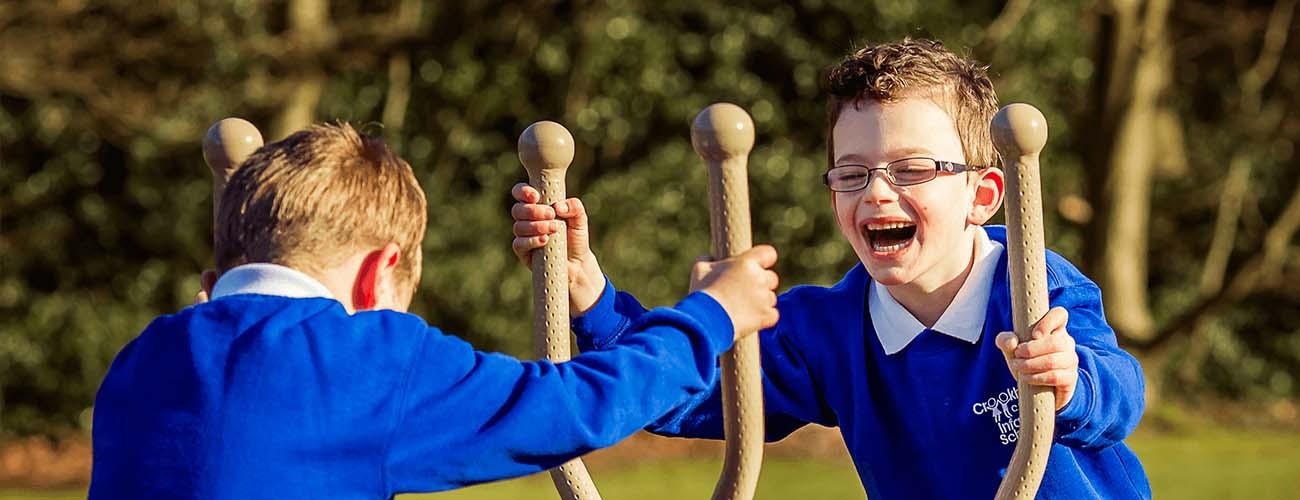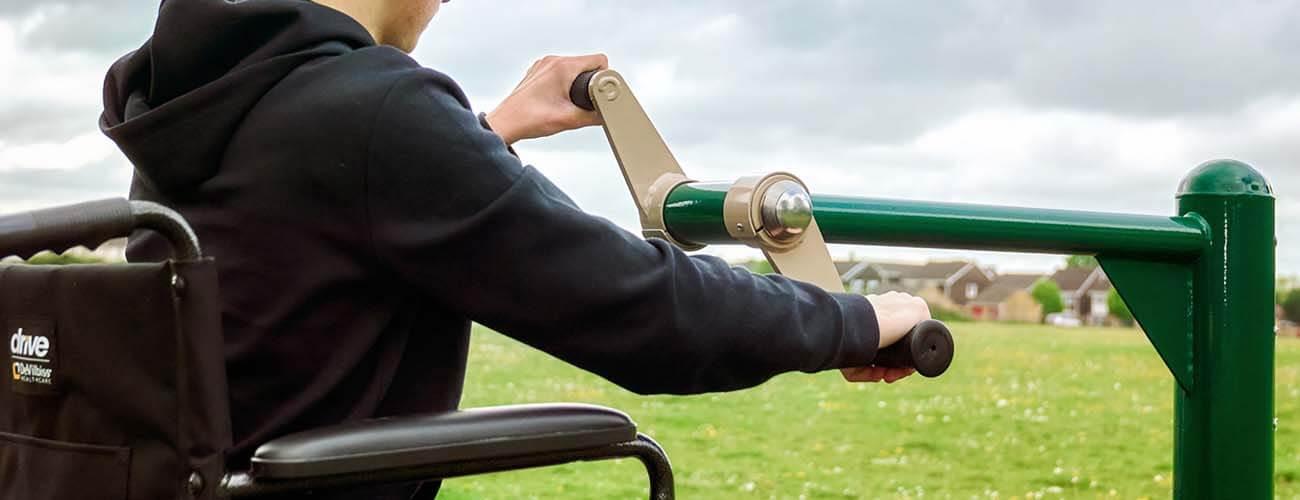
Research has shown that children and young people with disabilities are less likely to be active than their non-disabled peers, potentially resulting in health disparities which may widen as they grow up.
9th May 2023
Yet disabled children benefit from regular exercise every bit as much as those without disabilities.
Last year in 2022, the UK’s Chief Medical Officer released new guidelines on supporting children and young people with disabilities to become more active. This was the first time advice on this area had been published for this group.
These recommend 20 minutes of daily exercise, with balance and strength activity on three occasions per week. Additionally, the guidelines offer support more broadly for tackling health inequalities UK-wide so that ‘everyone can lead healthier, happier lives’.
Underpinning the advice is research from the Universities of Bristol and Durham plus Disabilities Rights UK. The resulting infographic has been produced in conjunction with children and young people with disabilities, as well as their families.
In detail, the recommendations are for up to 180 (but at least 120) minutes of weekly aerobic physical activity at moderate-to-vigorous intensity. Suggested activities include, but are not limited to, walking and cycling.
These minutes could be notched up by exercising daily for 20 minutes, or for 40 minutes three times weekly.
Alongside this, strength and balance activities are recommended three times a week, to improve motor skills and muscle strength. Ideas the government has put forward include (but again are not limited to) yoga, indoor wall climbing and sports like football or basketball.
The suggestions are, as with any exercise programme, to start gently and built up gradually, to prevent injury. And if kids exercise in shorter bursts throughout the day, it becomes more manageable.
The particular benefits youngsters with disabilities can gain include bolstered confidence and concentration, improved social skills through meeting and interacting with new people, plus stronger muscles and enhanced motor strength.
According to Durham University’s Professor Brett Smith: “The scientific evidence is clear that physical activity is safe and has multiple health benefits for disabled children and young people”.
Over the last 10 years, the Department for Education has funded several grant schemes aimed at giving greater and better access to physical activity to pupils with disabilities. Inclusion 2024, for example, is one programme helping this group to become more engaged in school sport.
Exercising in the fresh air in a stress-free setting involves all children in a relaxed, enjoyable way, especially those with disabilities.
At Fresh Air Fitness, we have been supporting disabled fitness for many years. Our range of equipment offers cardio and strength work for the upper and lower body, with the added benefit of being in the open air.
The selection includes three items of equipment designed specifically for those who use a wheelchair. In the line-up are our accessible arm and pedal bike, the chest press and pull-down challenger.
We can help your school, or other community, organisation or group, to meet the government guidelines discussed above. Give us a call today to learn more about how we could help you.
Back to all blog posts